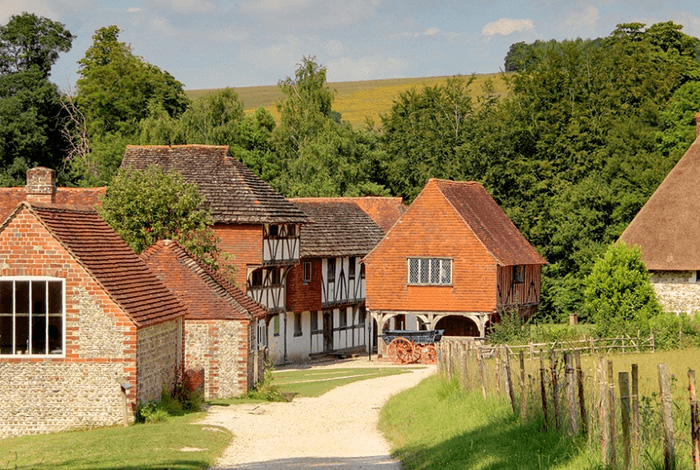
Planning Gloom is a familiar complaint to those who tangle with our very complex planning system; It all started in 1948 when development was effectively nationalised.
Planning Gloom became more acute with the introduction of the 1990 Act and the “plan led system” which meant planning authorities had to develop a plan to show what went where.
Even though the horse is a major contributor to the rural economy, often there is no policy relating specifically to horse development but there are more general protective policies concerning development in the countryside which is valued for its “intrinsic character and beauty”. There is stronger statutory protection in areas of landscape protection such as National Parks and Areas of Outstanding Natural Beauty. These policies have to be carefully considered and addressed with any application in the countryside. Rural planning is a specialised discipline.
The level of information required for even simple applications is often mind blowing, an endless list of expensive information. We have all come across stories of newts and bats bringing development to a halt. The feeling you get from the planners themselves can be negative, but on the basis you present the application with the right supporting information, having considered policy constraints first, Planning Gloom becomes manageable.
Common issues are the impact on the landscape, access, traffic generation, impact on trees and archaeology, biodiversity, contamination, and neighbours. A lot of our job is sorting out the constraints of a site and ensuring these are dealt with, with supplementary reports as necessary. You also need a robust planning justification explaining and selling your proposal and explaining why it meets policy; preparing this is a very important part of our job.
There are also circumstances where a use of a building has been in place long enough to secure immunity which is four years for a building and ten years for a use. To deal with this requires an application for a Certificate of Lawful Use or Development supported usually by a statutory declaration with evidence which can include dated photographs, receipts, letters from visitors to the property. Planning policy does not apply in these circumstances but the test requires the applicant to show on the balance of probability the use or development has been in place for the right length of time. We regularly successfully undertake these applications.
We, at The Rural Planning Practice, are experienced and knowledgeable rural planners. Not only are we riders so we understand a martingale versus a farthingale, but we also have a good understanding of design for equestrian businesses, competition yards, or for leisure.
The recent wet winters have generated a desire for indoor schools and we have an enviable success record with these as well as houses to support rural enterprises.
We can however, turn our hoof to other rural planning matters including agri business, market and affordable housing, farm diversification, permitted development and development affecting listed buildings.
For those of you with land on the edge of villages and towns now is the moment to promote land for housing; we can help you do this. If your horse is displaced by this new development, then we can re home him too!